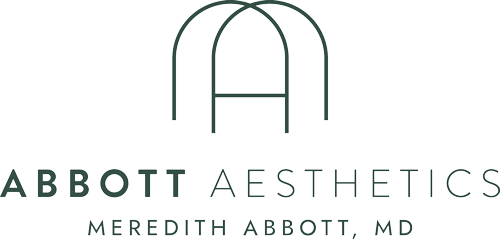Eyelid lesions can cause significant discomfort and self-consciousness. If you have benign eyelid lesions, Dr. Abbott can perform benign lesion removal in Dallas using cutting-edge techniques that ensure optimal healing and recovery.
Benign Lesion Removal
Dallas
What are Eyelid Lesions?
Eyelid lesions are abnormal growths that can appear on the eyelids, both upper and lower. Eyelid lesions can take many forms — ranging from small raised bumps to crusty patches, and may be pigmented or not. They may also appear in different colors or textures. In most cases, eyelid lesions are benign and only need surgical removal for aesthetic reasons, but in some cases, they can also be malignant or cancerous, so a careful biopsy is necessary.
Common Benign Eyelid Lesions
Seborrheic Keratoses
Seborrheic keratoses, often called “barnacles,” are benign lesions of the skin that usually appear on the eyelids. They are characterized by their waxy, scaly texture and brownish-black coloring. They can appear anywhere on the body but often on the eyelids, chest, back, and abdomen. They’re not harmful, but you can remove them for cosmetic reasons.
Papilloma
Papilloma is a benign tumor affecting the skin, including the eyelid. It takes the form of a small, fleshy growth that can be removed quickly and simply with benign lesion removal in Dallas. They’re usually harmless but can also cause irritation or interfere with vision if left untreated. Papillomas usually have a fleshy appearance, similar to cauliflowers.
Nevi or Nevus
Nevi (or nevus) are mole-like lesions on the skin or mucous membranes. They are usually brown spots, typically flat and small, and can range in color from black to pink and skin-toned. Eyelid nevi are common and may be seen near the lash line on the upper and lower eyelid. Most nevi on the eyelids are harmless.
Hemangioma
Hemangioma is a type of benign tumor that appears as an abnormal growth of blood vessels near the eyelid or around the eye. Hemangioma typically appears as a red bump or thickened red skin on the upper or lower eyelid. It is painless, harmless, and non-cancerous, but it can also cause vision problems and be unsightly.
Actinic Keratosis
Actinic keratosis (AK) is a skin condition that commonly affects the eyelids. It appears as scaly or crusty patches of skin that can range in color from white to brown. Often, they are the result of sun exposure or tanning and may cause discomfort or burning. AK is a precancerous condition caused by long-term sun exposure, so a biopsy is recommended. Dr Abbott can perform benign lesion removal in Dallas to determine if this growth is in fact precancerous to start planning for treatment.
Xanthelasma
Xanthelasma is a common skin condition that forms yellowish bumps around the eyes. These lesions usually form on the upper or lower eyelids, ranging from small spots to large patches. Although xanthelasma won’t directly affect vision or cause uncomfortable symptoms, it can lead to self-esteem issues.
The Benign Lesion Removal Procedure
Dr. Abbott initiates your session with a thorough consultation. She examines your eyelids, discusses your symptoms, and performs an external exam and slit lamp examination of your eyelids, eyes, and lashes. After a thorough evaluation, she diagnoses the type of lesion you have, determines if there’s a possibility that it’s malignant, and curates a personalized surgical plan to remove the benign eyelid lesion.
Your benign lesion surgery is performed at an accredited surgical facility. Dr. Abbott puts numbing eye drops in your eyes and administers local anesthesia around the eyes to ensure comfort, following which she removes the benign lesions. The extracted lesions are sent to a laboratory for a biopsy. The procedure concludes within 30 minutes — no need for an eye patch.


The Benign Lesion Removal Recovery
Benign lesion removal in Dallas is a safe and effective way to eliminate unwanted growth. Side effects can include pain, redness, swelling, and slight bruising, which are all normal and expected. To ensure proper healing, keep the area clean and avoid exposing your eyes to harsh sunlight or other irritants. Downtime usually entails avoiding strenuous activity for a short time and avoiding contact lenses for about a week.
Contact Dr. Abbott
Dr. Abbott is a Board-Certified Ophthalmologist specializing in cutting-edge surgical techniques to remove eyelid lesions and restore optimal eye health and aesthetics. She ensures your surgical experience is comfortable, and you feel supported throughout your recovery. Please schedule a consultation with Dr. Abbott to explore your lesion removal options.

